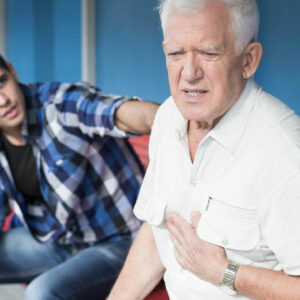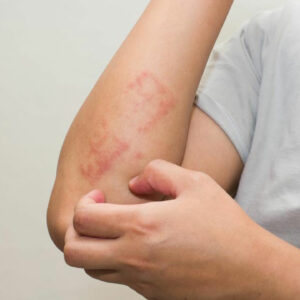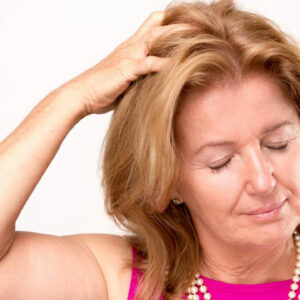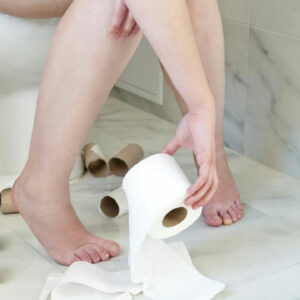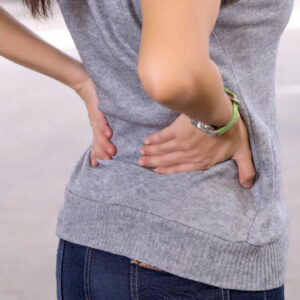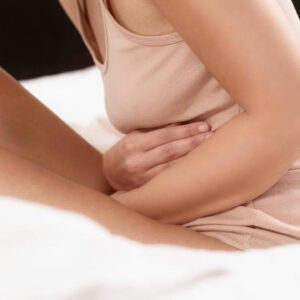
01
11 Popular Hemorrhoid Pain Relief Methods
The condition of hemorrhoids, also known as piles, refers to swollen veins in your lower rectum or anus. When you strain during the bowel movements, hemorrhoids are bound to develop, and increased pressure on the veins during pregnancy also leads to swollen veins. There are two types of hemorrhoids, and they include internal hemorrhoids (inside the rectum) and external hemorrhoids (outside the rectum). What are the most effective hemorrhoid pain relief methods? Sitz bath in warm water The most popular hemorrhoid pain relief for managing pain is warm sitz bath. It is a very effective method to get relief from pain. You need to sit in around 3 inches of warm water for 15 minutes, and it should be repeated several times a day. This method controls the swelling in the area and creates a relaxing effect on the clenching sphincter muscle. Applying a small amount of petroleum jelly Sometimes, the pain during bowel movements can become intense. In such a situation, you can apply a small amount of petroleum jelly inside your anus to reduce the pain. This is an effective hemorrhoid pain relief method. Use creams, witch hazel, or ice pack An over-the-counter cream or ointment can be applied containing hydrocortisone, and it helps reduce itching and pain. Another option for hemorrhoid pain relief is to use a numbing agent or pads that contain witch hazel, and the witch hazel can be dabbed on the irritated hemorrhoids. You can also experiment by placing a simple cold pack on the affected area for a couple of minutes to control the swelling. Switch to a high fiber diet If you want to get hemorrhoid pain relief and get rid of piles, you should switch to a high fiber diet. Processed foods should be avoided, and high fiber foods such as nuts, fruits, vegetables, and whole grains should be taken to avoid constipation.
Read More 


